Añado la historia de la vectrex, detallada anualmente desde sus origines como prototipo hasta más allá de su muerte comercial. Está en 'english', si alguien quiere traducirla adelante xD, es de la faq de la vectrex.
End 1980/Spring 1981: The development of Vectrex starts with an idea from staffers (probably Mike Purvis and John Ross) after brainstorming about how to use cheap CRTs that were found in a small liquidators' surplus store. The idea took flight and form under the skilled cultivation of Jay Smith, head of Western Technologies/Smith Engineering, guiding his talented staff. The small, vector scan table top game was originally known by its working title of "Mini Arcade" but was later officially renamed when the time came to begin making marketing decisions. A brainstorming session yielded a short list of final choices and among those was "Vector-X" suggested by Tom Sloper. This was felt to be too 50's B sci-fi by GCE so it was contracted to the catchy name we all know and love.
Spring 1981: The Mini Arcade idea is optioned to Kenner (known for their "Star Wars", "Care Bears", "Batman" and "Batman Returns" figures). At that time it was planned to have a 5" black and white tube.
06/1981: Paul A. Newell is hired by Western Technologies to join the "Atari reverse engineering project" group (aim: be able to write games for the VCS 2600) which at that point consisted of Mark Indictor and John Hall.
07/1981: Kenner declines to pursue the Mini Arcade.
08 or 09/1981: The Mini Arcade concept is licensed by GCE (General Consumer Electronics). GCE's president Ed Krakauer had the vision to see the great potential of the system. To enhance its appeal, GCE asks that the screen be increased to 9-inches.
Autumn 1981: The Atari project is canceled and the three Atari people (M.I., P.N., J.H.) start work on the Vectrex project. John Ross designs the hardware, Gerry Karr works together with John Hall on the system ROM (called "The Executive"). In the beginning it is planned to use a 6502 processor which turns out to be too slow. For this reason the 6809 was finally used.
Jan 1982: Bill Hawkins and Chris King join the Western Tech. They were both students at Georgia Tech at the time and are hired by Ed Smith as "Cooperative Education" students. They are supposed to work for three months and then go back to school. Duncan Muirhead joins a week or two afterwards. He had just dropped out of a Physics PHD program at UCLA.
??: A strict timetable demands that the first 12 games and the hardware should be ready in June 1982. The Vectrex name is subsequently chosen, as already described.
??: John Hall later exclusively works on "Mine Storm" while Gerry Karr works on The Executive alone. Gerry starts over from scratch and changes the name to the RUM (Run Time Monitor). In the end, a number of people contribute to the RUM, most notably Duncan Muirhead who handled most of the heavy trig stuff.
04/1982: Paul Newell finishes "Scramble". Mine Storm, Berzerk, Scramble, Rip Off, and Star Trek were all completed at the same time.
06/1982: The Vectrex is introduced to the public at the Summer CES in Chicago.
Summer 1982: Mark Indictor, John Hall and others are directly hired by
GCE to write more games. Paul Newell and Duncan Muirhead leave Western Technologies to join Simutrek, a company developing arcade laser disc games ("Cube Quest"). Chris King leaves 6 months later. Noah Anglin (former vice president of Atari) was hired by GCE as a consultant to watch over the development of Vectrex. It was a good deal for him since he recruited the core of the software guys for his new company, Simutrek, from Western Technologies. Unfortunately, this wasn't enough. Simutrek died on the vine.
??: Mark Indictor and his family move about two hours out of Los Angeles and he writes games in the seclusion of a pine forest at 5,000 feet. He even has an NBC news crew come up and interview him for a news show on weird computer hackers and their life styles.
Late summer 82: Start of mass production.
11/1982: Vectrex is available in the USA for $199. Very positive reviews in the magazines. Paul Newell's "Scramble" gets the "Arcade Award" of the "Electronic Games" magazine for the best "Mini-Arcade game" (a category which is founded exclusively for the Vectrex).
Spring 1983: GCE is acquired by Milton Bradley (MB).
03/1983: Vectrex is announced in the German "Telematch" magazine for the first time in Germany.
Summer 1983: Distribution begins in Germany and many other west European countries by Milton Bradley (German office located in Fuerth).
Summer/Fall 1983: Jeff Corsiglia, having left WT to join Datascan, produces some additional games for GCE, including 3-D Narrow Escape, programmed by Richard Moszkowski. (Not all of the Vectrex games were produced by WT).
1983: Several efforts fail in developing a color Vectrex. One obvious project is to use a color TV tube; however, this is always too expensive. Another is to use a projection TV with three vector scan tubes. It works well but is commercially impractical. Yet another effort is to use two layers of color phosphor on a black and white type TV tube. By varying the high voltage level, the electron beam would excite the bottom layer or the top layer. However the high voltage cannot be changed rapidly enough to keep up with the scan.
02/1984: "Artmaster Lightpen", "Star Castle", "Polar Rescue", "Animaction" and "Pole Position" presented on the "Nuernberger Spielwarenmesse" (Germany's most important show for the toy industry).
around 02/84: 3-D Imager is presented at the Winter-CES in Las Vegas.
31/03/1984: End of Vectrex in Germany: MB in Fuerth announces stop of sales on this date.
Rest of 1984: Vectrex is phased out as Hasbro buys Milton Bradley and video game fever comes crashing down (probable causes: home computer fever, too many mediocre and downright terrible games flooding the market, fallout from the arcade videogame crash of about a year earlier). Rummage sales in Germany (mainly in stores of the METRO-chain, which had bought the rest of MB's stock) close out Vectrex equipment at bargain prices.
1988: Western Technologies/Smith Engineering tries to resurrect Vectrex as a handheld unit. It is to be based on the Sinclair flat TV tube, which has fast static deflection at low power consumption and low cost. However, the impending introduction of GameBoy (1989) eventually causes the idea to be scrapped.
10/1993: A feature about the 10th anniversary of the Vectrex is published in the German "Video Games" magazine. Contains technical descriptions, pictures of Jay Smith and Mark Indictor, a Vectrex history and a list of games and accessories. The article is based on information collected by the author (Stefan Herr) from the Usenet Vectrex newsgroup, various FTP archives, many Emails from several former Vectrex developers and a historical overview about the development by Jay Smith.
El archivo original con muchísima más información que ya iremos poniendo es este:
http://homepage.ntlworld.com/pascual.ni ... 20v6-0.pdf 

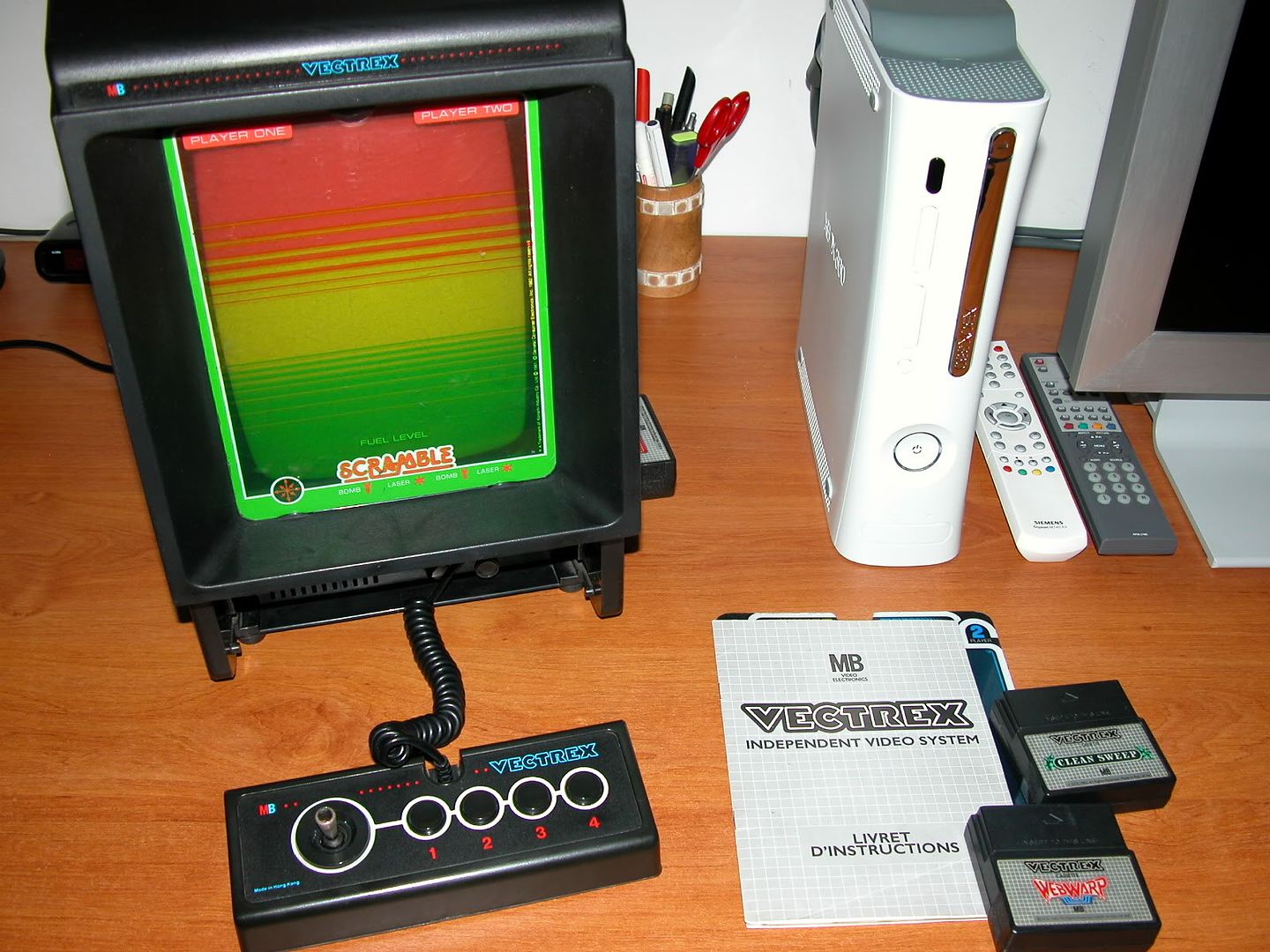
![llorando [snif]](/images/smilies/nuevos/triste_ani1.gif) . Jejejeje ^^.
. Jejejeje ^^. .
. 
![otra sonrisa [jaja]](/images/smilies/nuevos2/otrasonrisa.gif)
![otra sonrisa [jaja]](/images/smilies/nuevos2/otrasonrisa.gif) nuestros amiguetes los especuladores la subirán un poquito más de precio todavía.
nuestros amiguetes los especuladores la subirán un poquito más de precio todavía.. Jejejeje ^^.
.

![más risas [+risas]](/images/smilies/nuevos/risa_ani3.gif)

![Babeando [babas]](/images/smilies/babas.gif)



![como la niña del exorcista [360º]](/images/smilies/nuevos/vueltas.gif)


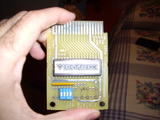



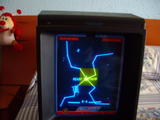










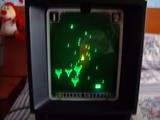








 ^^.
^^. 

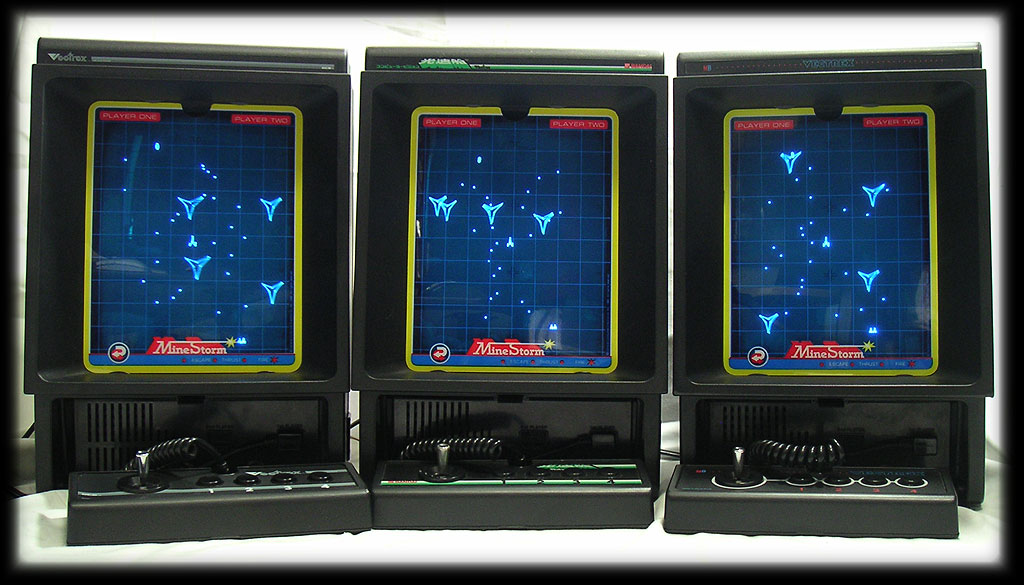
![muy furioso [+furioso]](/images/smilies/nuevos/furioso.gif)

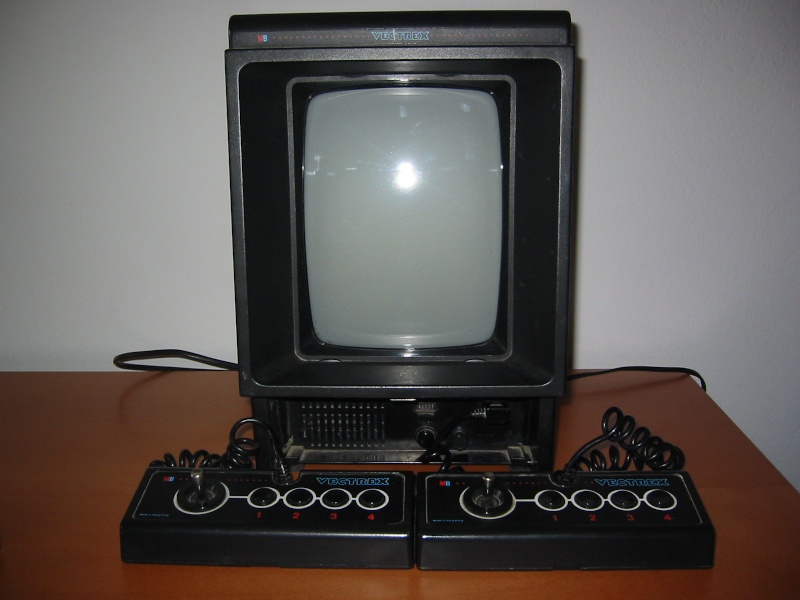
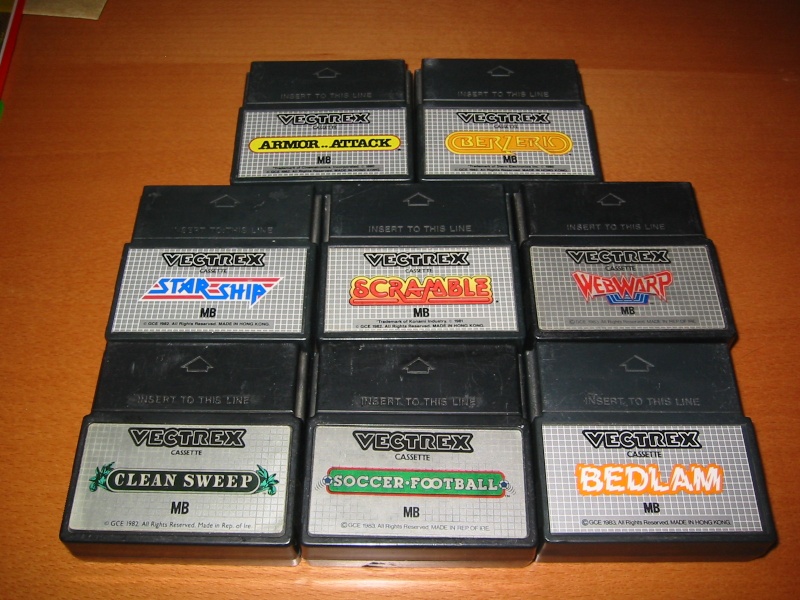

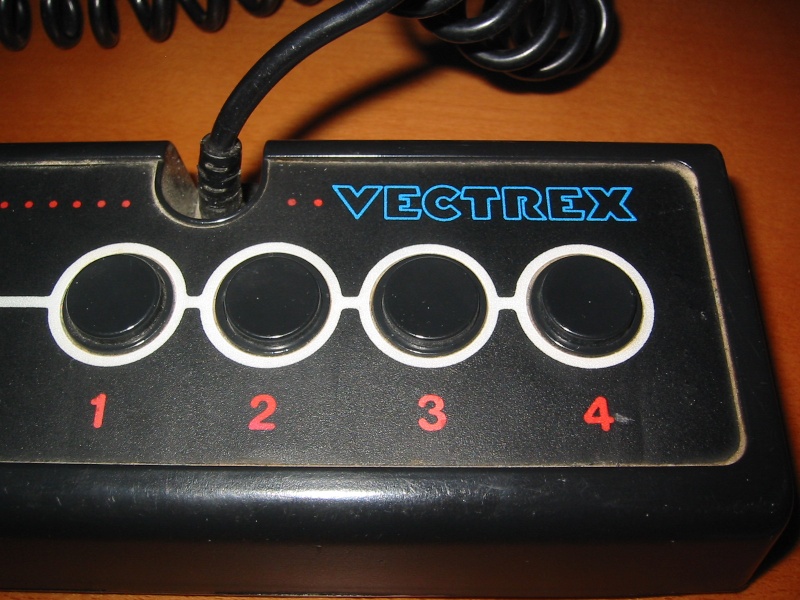
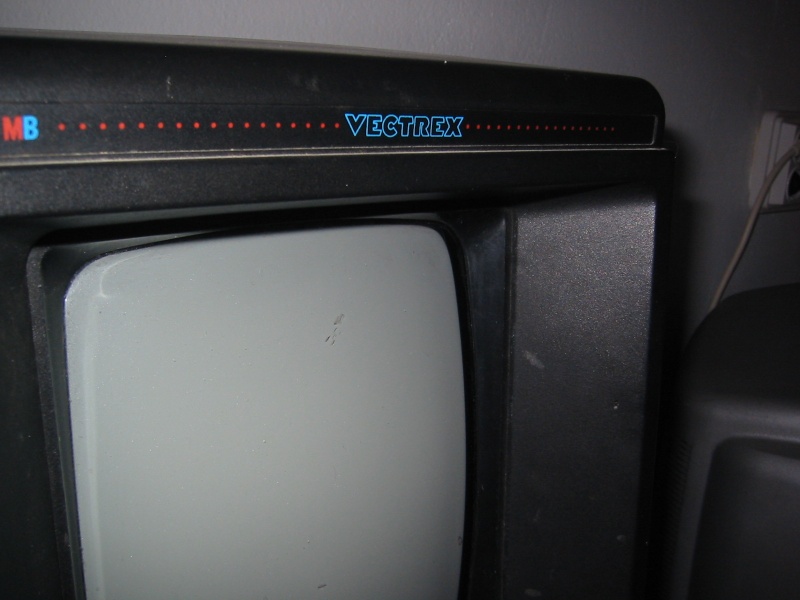

![llorica [mamaaaaa]](/images/smilies/nuevos/triste_ani4.gif)
![llorica [mamaaaaa]](/images/smilies/nuevos/triste_ani4.gif)




![enamorado [amor]](/images/smilies/nuevos/enamorado.gif)
 Pero desafortunadamente algunas VECTREX estan mas usadas y desgastadas q otras, y su brillo debe ser subido casi al maximo para q se vean correctamente todas las lineas de los vectores. En estos casos la pantalla ya esta en su mas ultima y definitiva vejez, y no le quedara ya mucho tiempo de vida.
Pero desafortunadamente algunas VECTREX estan mas usadas y desgastadas q otras, y su brillo debe ser subido casi al maximo para q se vean correctamente todas las lineas de los vectores. En estos casos la pantalla ya esta en su mas ultima y definitiva vejez, y no le quedara ya mucho tiempo de vida. ![más risas [+risas]](/images/smilies/nuevos/risa_ani3.gif)
![ok [ok]](/images/smilies/nuevos2/okis.gif)
 Solo queria enseñar el interior del mando que creo que nadie lo habia hecho antes.
Solo queria enseñar el interior del mando que creo que nadie lo habia hecho antes.  Yo tb tengo en mente ponerle algun vinilo de cosecha propia para decorarla. El VecFlash ya se lo he pedido a Richard Hutchinson, y espero q me llegue pronto para poder darle caña. De momento hoy lo q me ha llegado es.....
Yo tb tengo en mente ponerle algun vinilo de cosecha propia para decorarla. El VecFlash ya se lo he pedido a Richard Hutchinson, y espero q me llegue pronto para poder darle caña. De momento hoy lo q me ha llegado es.....





![más risas [+risas]](/images/smilies/nuevos/risa_ani3.gif)


![carcajada [carcajad]](/images/smilies/nuevos/risa_ani2.gif)
![sonrisa [sonrisa]](/images/smilies/nuevos/risa_ani1.gif)





 , y otra cosa, voy a caer en lo de la Vectrex, por supuesto, porque me parece una consola muy sofisticada y divertida, esos tipos de gráficos me encantan
, y otra cosa, voy a caer en lo de la Vectrex, por supuesto, porque me parece una consola muy sofisticada y divertida, esos tipos de gráficos me encantan  ^^. Gracias por el post creado ^^.
^^. Gracias por el post creado ^^. 
